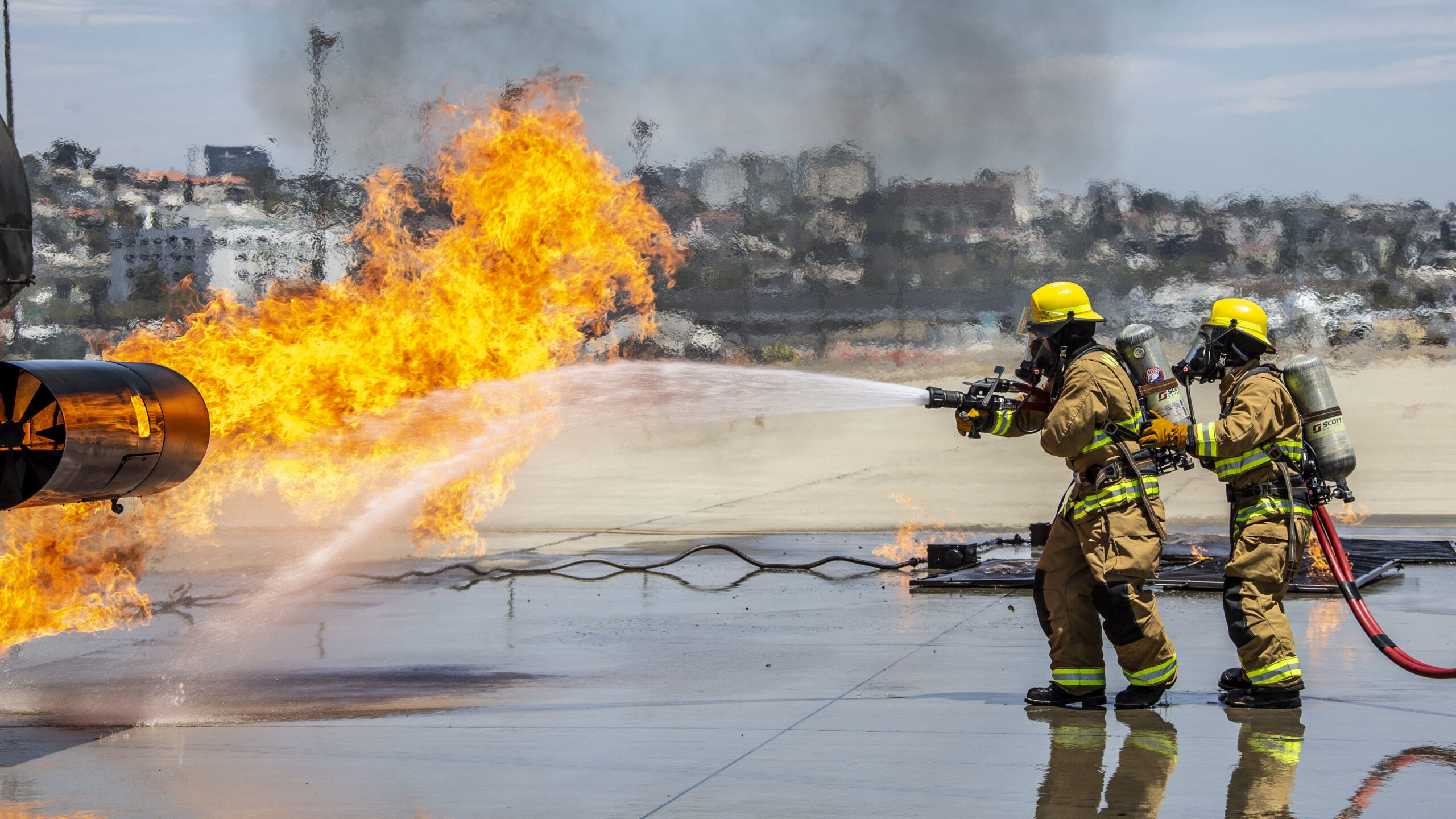Types of Fire Extinguishers
Fire extinguishers come in a variety of forms, each supposed to put out a particular kind of fire:
- Water-based extinguishers (Class A):
Suitable for fires involving ordinary combustibles like wood and paper.
- Foam extinguishers (Class A and B):
Effective for flammable liquids such as gasoline and oil.
- CO2 extinguishers (Class B and C):
Ideal for electrical fires and flammable liquids, leaving no residue.
- Dry chemical extinguishers (Class A, B, and C):
Versatile for various fire types and commonly used in commercial settings.
- Wet chemical extinguishers (Class K):
Specifically designed for fires involving cooking oils and fats.




